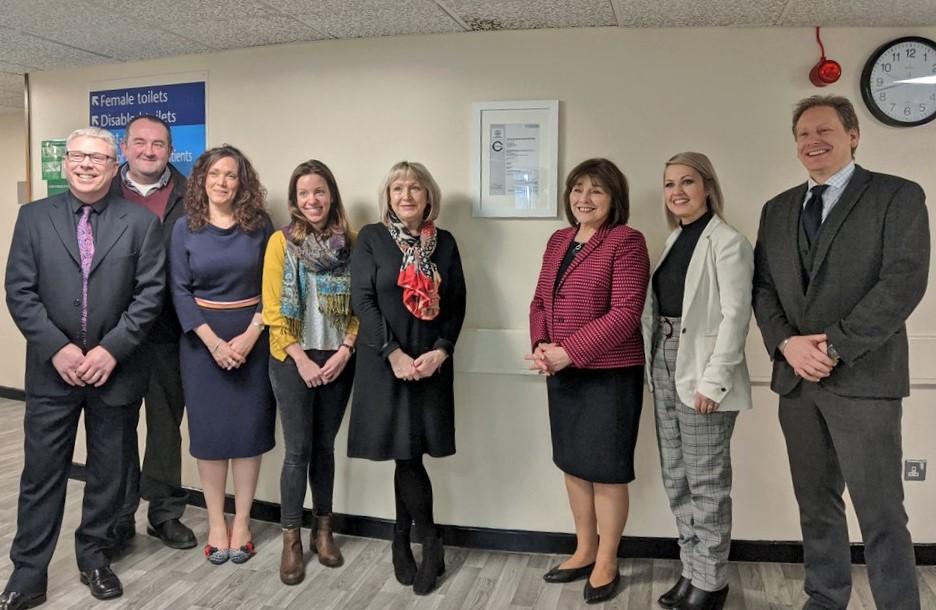
A blog post by Jean-Yves Stenuick
Safer Pharma Programme Manager – HCWH Europe
In carrying out its unique healing mission, the healthcare sector can undermine the environment and health through the release of pharmaceutical residues into water systems. In July, HCWH Europe launched a new report on Pharmaceutical residues in hospital wastewater that explores how hospital wastewater contributes to pharmaceutical pollution and identifies actions to significantly reduce this risk.
As key players in the pharmaceutical value chain, hospitals have a responsibility to take the lead in mitigating pharmaceutical emissions to aquatic ecosystems. This new report proposes five courses of action to help them develop strategies to deal with pharmaceutical residues in their wastewater and guide them on their journey to become community anchors for sustainability.
Pharmaceutical substances excreted by patients can enter the water cycle via effluent and ultimately end up in drinking water as wastewater treatment plants, primarily designed to eliminate biodegradable substances and nutrients, are not able to completely remove them. Pharmaceuticals are designed to interact with living systems at low doses, so even low concentrations in the environment are a concern.
Though only 20% of active pharmaceutical ingredients (APIs) in municipal wastewater come from healthcare facilities, hospitals emit particularly high concentrations of pharmaceutically active compounds and specialised pharmaceuticals such as cytostatic drugs, some antibiotics, and X-ray contrast agents that are not commonly taken at home.
Rural hospitals are particularly concerning. In the absence of large population centres, these hospitals might be located in small towns, but provide a wide range of treatments to a large population. Wastewater treatment plants in rural areas might also be smaller or less advanced and therefore less efficient in eliminating APIs from wastewater.
HCWH Europe’s new report demonstrates how hospital wastewater contributes to the pharmaceutical load released into the environment. It features five case studies illustrating how some European hospitals are dealing with pharmaceutical residues and resistant bacteria in their wastewater. From using urine bags to keep iodinated contract media out of the water cycle in Germany, to research into thermal plasma in the Netherlands, these case studies highlight the actions and research that hospitals are carrying out in Europe.
Since its launch in 2013, HCWH Europe has been striving to enhance the sustainability of Europe’s healthcare sector. Driven by the conviction that this sector has a unique role to play in addressing the health impacts caused by environmental harm, we have worked with members, partners, and stakeholders to pilot and innovate sustainable healthcare solutions that can unlock change.

“This workshop was the catalyst in enabling people to consider how best we could get a win-win approach for this issue. The knowledge and leadership of HCWH Europe was instrumental in helping us to focus on water and pharmaceuticals and ultimately led to key partners locally realising that we were stronger together,” said Sharon Pfleger, Consultant at NHS Highland.
As key players in the pharmaceutical value chain, hospitals have a responsibility to take the lead in mitigating pharmaceutical emissions to aquatic ecosystems. This new report proposes five courses of action to help them develop strategies to deal with pharmaceutical residues in their wastewater and guide them on their journey to become community anchors for sustainability.